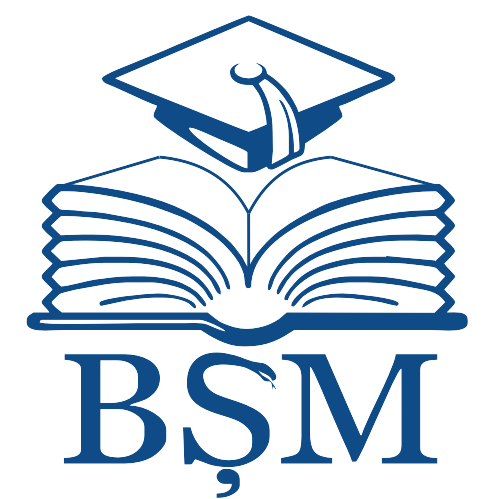| DC Field | Value | Language |
|---|
| dc.contributor.author | Petriman, Daniela | - |
| dc.date.accessioned | 2025-04-11T06:29:01Z | - |
| dc.date.available | 2025-04-11T06:29:01Z | - |
| dc.date.issued | 2024 | - |
| dc.identifier.citation | PETRIMAN, Daniela. Objective methods of refraction examination. In: The 19th SEEOS Congress: abstract book, Oct. 18-19th, 2024 / org. commit.: Eugeniu Bendelic [et al.]. Chişinău: CEP Medicina, 2024, p.16. ISBN 978-9975-82-393-7. | en_US |
| dc.identifier.isbn | 978-9975-82-393-7 | - |
| dc.identifier.uri | https://repository.usmf.md/handle/20.500.12710/30339 | - |
| dc.description.abstract | Introduction: Retinoscopy is an important method for the objective assessment of
refraction, widely used for diagnosing vision disorders such as hyperopia, myopia,
and astigmatism. Accurate refraction measurement is particularly important in
children and school-age individuals, where the use of cycloplegia plays a key role in
correct diagnosis. Studies show significant differences between retinoscopy with
and without cycloplegia, especially in younger children.
Objective of the Study: To evaluate the difference between the results of
retinoscopy with and without cycloplegia in children, and to analyze the influence
of age, refractive errors, and wearing glasses on these results.
Materials and Method: Observational studies, cohort studies, and review articles
were selected from recognized databases,such as PubMed, focusing on publications
from the year 2019. The study included 128 children, divided into 4 age groups: 6-7,
8-9, 10-12, and 12-13 years. Each child underwent retinoscopy with cycloplegia (1%
cyclopentolate) and without it. Accommodation was assessed using dynamic
retinoscopy before applying cycloplegia.
Results: A statistically significant difference was found between the spherical values
of retinoscopy with and without cycloplegia. The difference decreased with the age
of the children, but retinoscopy with cycloplegia revealed greater hyperopia
compared to non-cycloplegic results in all age groups. The difference was more
pronounced in children with high hyperopia (≥+2.50D). The cylindrical component
showed no significant differences between retinoscopy with and without
cycloplegia. Non-cycloplegic retinoscopy with a result of ≥+1.50D was sensitive
(87%) and specific (96%) in identifying clinically significant hyperopia (≥+2.50D).
Conclusion: Retinoscopy with cycloplegia reveals significantly greater hyperopia
compared to retinoscopy without cycloplegia in children aged 6 to 13. This
difference is particularly pronounced in children with high hyperopia and is
independent of wearing glasses or accommodation. Cycloplegia does not affect the
cylindrical component but is necessary for accurately determining full refractive
error in children, especially in cases of high hyperopia. | en_US |
| dc.language.iso | en | en_US |
| dc.publisher | CEP Medicina | en_US |
| dc.relation.ispartof | The 19th Edition of the South-East European Ophthalmological Society Congress. October 18-19th, 2024, Chisinau, Republic of Moldova | en_US |
| dc.title | Objective methods of refraction examination | en_US |
| dc.type | Other | en_US |
| Appears in Collections: | The 19th Edition of the South-East European Ophthalmological Society Congress Abstract book. October 18-19th, 2024, Chisinau, Republic of Moldova
|


